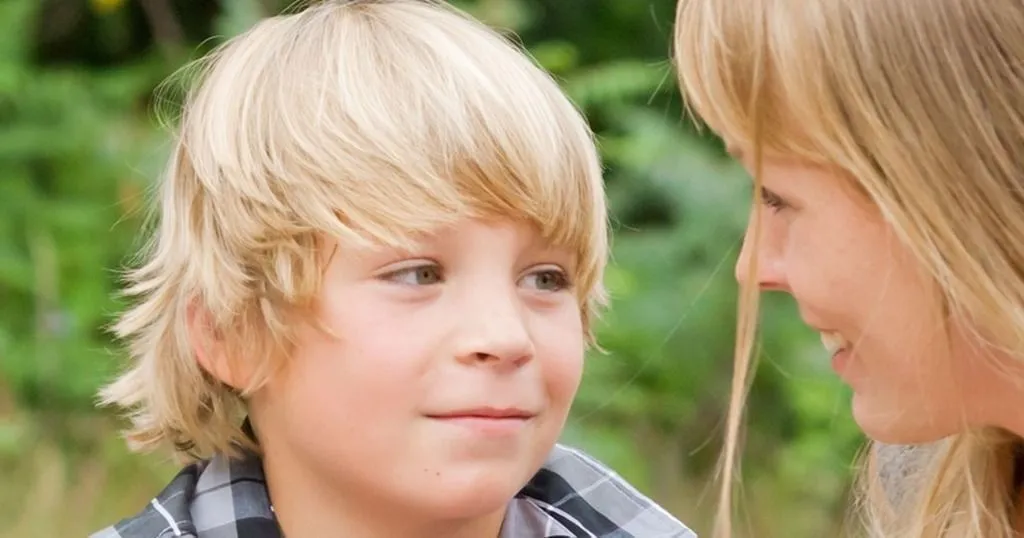Designing a behavioral coding scheme to identify complex trauma
In order to contribute to the development of diagnostic tools and a better understanding of the effects of complex trauma, Ana Granados and her team proposed a new coding scheme and tested its validity.
Posted by
Published on
Fri 25 Feb. 2022
Topics
| Child Development | Coding Behavior | Coding Schemes | The Observer XT |

When you delve into the subject child maltreatment, you most likely come across the key facts the World Health Organization mentions on their website. It is quit shocking to read that nearly 3 in 4 children, aged 2-4 years, regularly suffer physical punishment and/or psychological violence at the hands of parents, caregivers, or other persons in a custodial role. And that is just the beginning of the list with key facts.
Concept of complex trauma
Child maltreatment includes all types of physical and/or emotional ill-treatment, sexual abuse, neglect, negligence, and commercial or other exploitation, which results in actual or potential harm to the child’s health, survival, development, or dignity in the context of a relationship of responsibility, trust, or power. A very serious problem, which needs serious attention. Especially because of its life-long consequences.
Therefore, researchers have developed the concept of complex trauma (CT). It refers to both the exposure and the wide-ranging effects of the chronic exposure of a person to multiple traumatic events. CT experiences are often invasive and interpersonal in nature. It affects the normal development of children because of the disruption of feeling secure.
Diagnosing and understanding the effects of complex trauma
In order to contribute to the development of valid diagnostic tools and a better understanding of the effects of complex trauma, Ana Granados and her colleagues at the National University of Colombia conducted a study based on these three goals:
- Proposing a coding scheme of emotional regulation and stress response behaviors.
- Implementing the resulting coding scheme to compare a sample of children with a history of CT versus a comparison group without this history.
- Exploring associations between the results obtained observationally through the coding scheme and those obtained through several scales of the Child Behaviour Checklist (CBCL).
In total 84 children, aged 6-14 were selected from child protection institutions and the afterschool community services centers. The Complex Trauma Checklist for Children and Adolescents (CTCL-CA) was administered to all participants to determine whether they had exposure to interpersonal trauma or not. The CBCL was used to detect behavioral and emotional problems.
FREE WHITE PAPER: How to set up a coding scheme
Download here the FREE white paper 'How to set up behavioral coding' and get 7 tips about:
- Defining your behavior group
- Point events
- Coding from a diversity of sources
Crossed-Puzzle Game
In addition, the research team made use of the Crossed-Puzzles Game. A semi-controlled 20-minute group task that seeks to spontaneously move the participants from an individual activity to a collaborative one. Participants are not aware of this condition and neither of the fact that the only possible way to successfully solve their puzzle is to collaborate with others.
The Crossed-Puzzles Game was carried out with groups of 4-6 children per game. The children started with an individual puzzle that was composed of 50% of their own pieces. For the other 50% of the puzzle, they needed pieces from other children.
Designing a behavioral coding scheme
The behaviors of all children were recorded on video. Recurring behaviors were identified, as well as non-verbal behaviors associated with stress, emotional regulating, and other noticeable or clinically relevant behaviors. Next, these behaviors were categorized. A coding scheme emerged. A range of statistical methods was used to validate the coding scheme.
The coding scheme was composed of five categories:
- Self-support – e.g. leaning on a surface, holding the head, or self-touching.
- Distraction – e.g. clapping, dancing, and manipulating objects not related to the task.
- Fatigue – e.g. sighing, yawning, and stretching
- Hyperactivation – e.g. moving legs, nibbling, and moving hands or fingers.
- Externalizing of frustration – e.g. hitting pieces, throwing pieces, and standing up and out of the task’s designated space.
An assistant – blind to the study aims and the groups – was trained in recognizing the categories of the coding scheme. Inter-observer agreement was calculated between the assistant and an expert. Subsequently, the behaviors were coded with The Observer XT.
FREE TRIAL: Try The Observer XT yourself!
Request a free trial and see for yourself how easy behavioral research can be!
- Work faster
- Reduce costs
- Get better data
The coding scheme’s validity as a research and assessment tool
Of the coding scheme, the category ‘Externalizing of frustration’ proved to be one of the strongest predictors for the complex trauma group. It allowed to discriminate the belonging to the complex trauma group. Nonetheless, it was not the most significant predictor. The CBCL subscale ‘Aggressive behaviors’ was. Admittedly, these two categories are very similar.
The researchers reason that this result shows that conducting clinical assessments through the triangulation of information from different sources (e.g., direct observation of child’s behavior and caregiver’s reports), instead of relying exclusively on one, regardless if they have an observational or a hetero-reporting nature, leads to better assessments.
References
- https://www.who.int/news-room/fact-sheets/detail/child-maltreatment
- https://www.nctsn.org/what-is-child-trauma/trauma-types/complex-trauma
- Granados, A. V.; Sabogal, J. C.; Muñoz, P.; Caicedo, J. C.; Martínez-Cotrina, J. & Aponte Canencio, M. (2021). Ethogram of non-verbal behaviours associated with emotional regulation and stress response in children and adolescents with complex trauma, Behaviour, 158(14-15), 1421-1448. https://doi.org/10.1163/1568539X-bja10124
Related Posts

Language development and joint engagement in children with Down syndrome

Become and stay aware about children with autism
